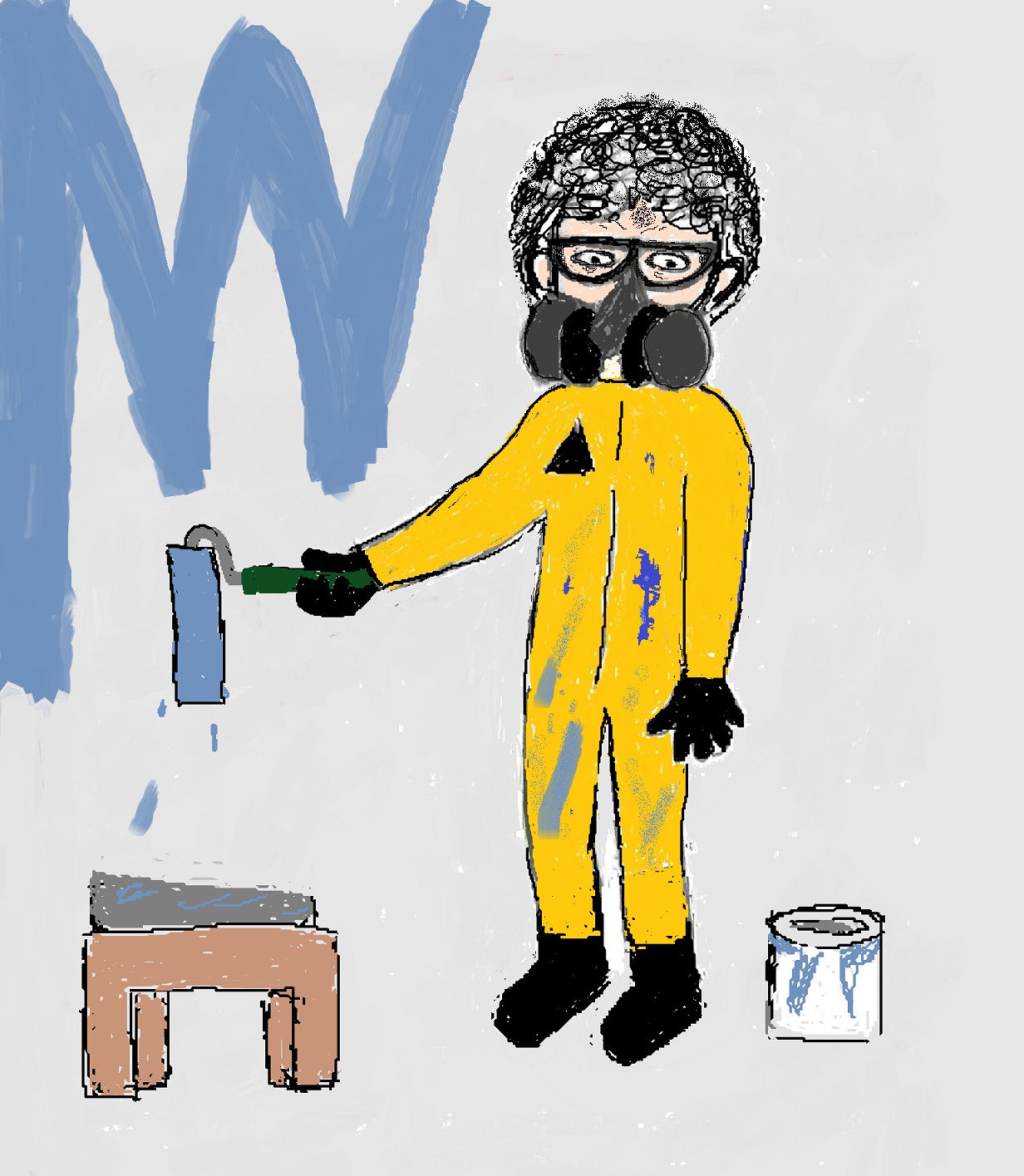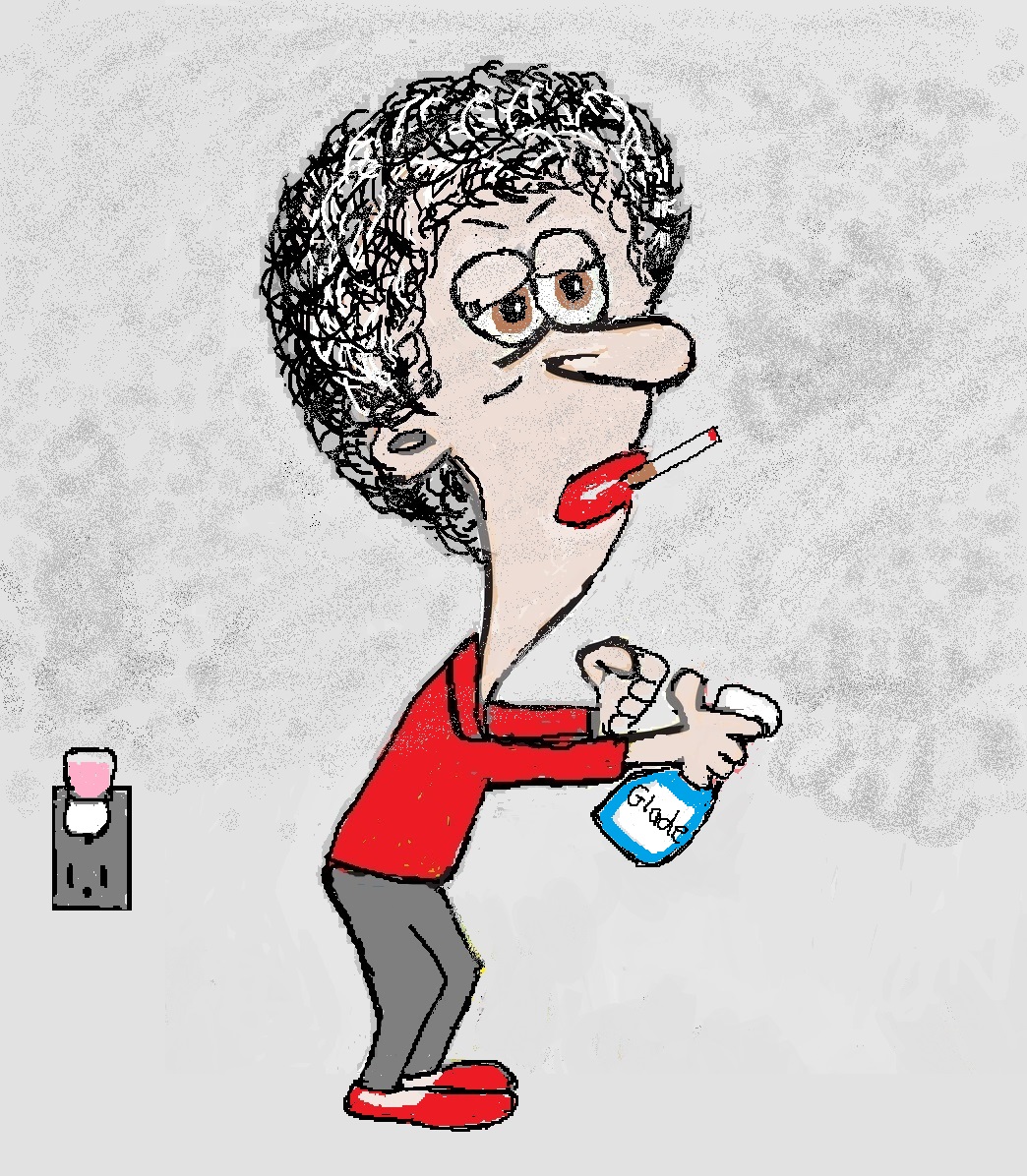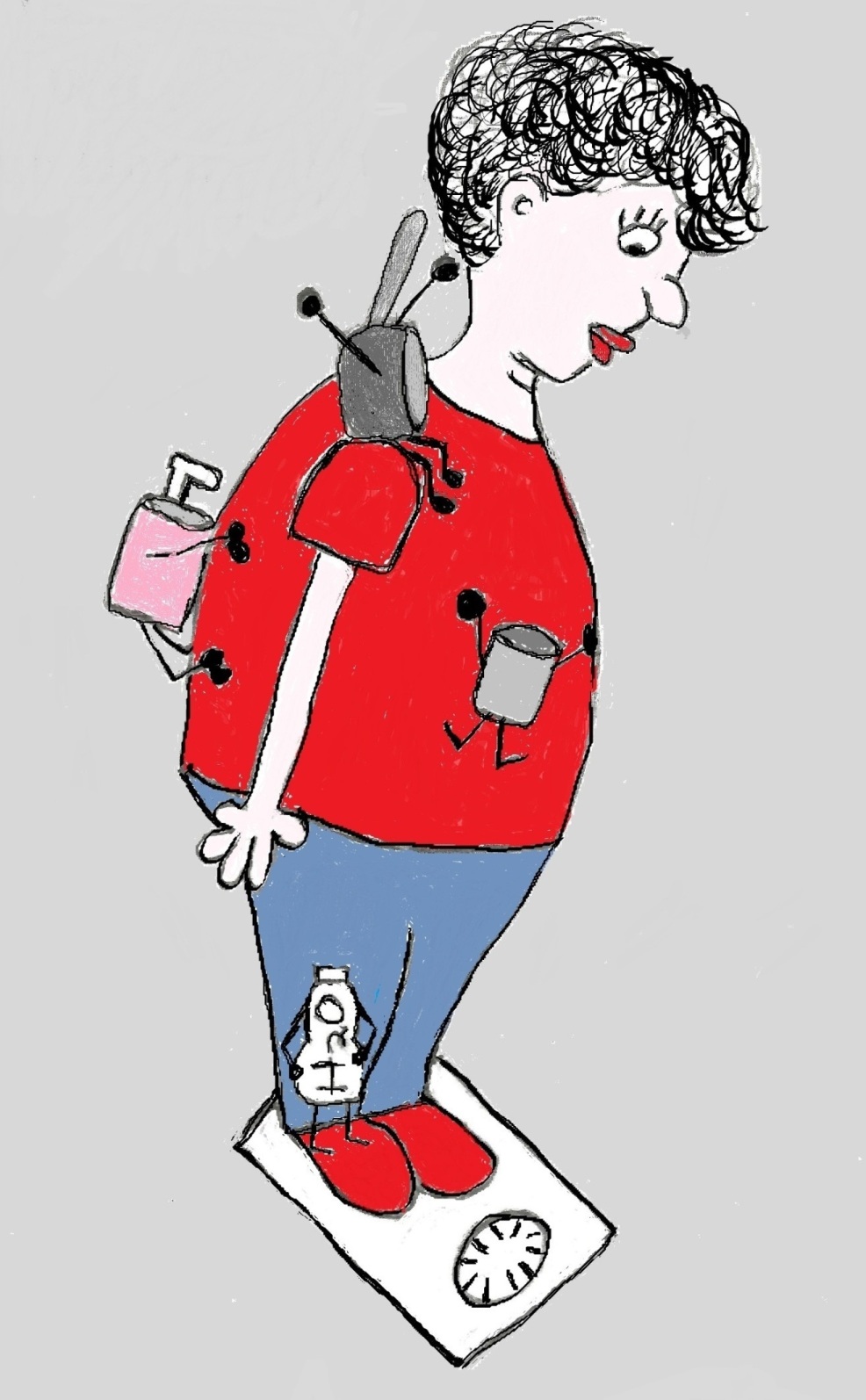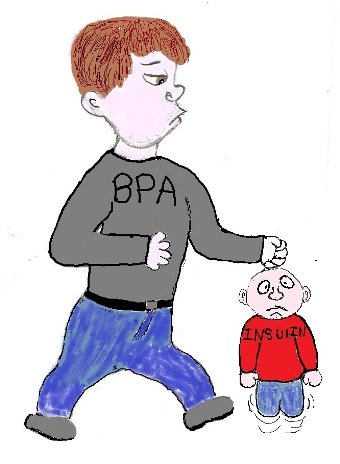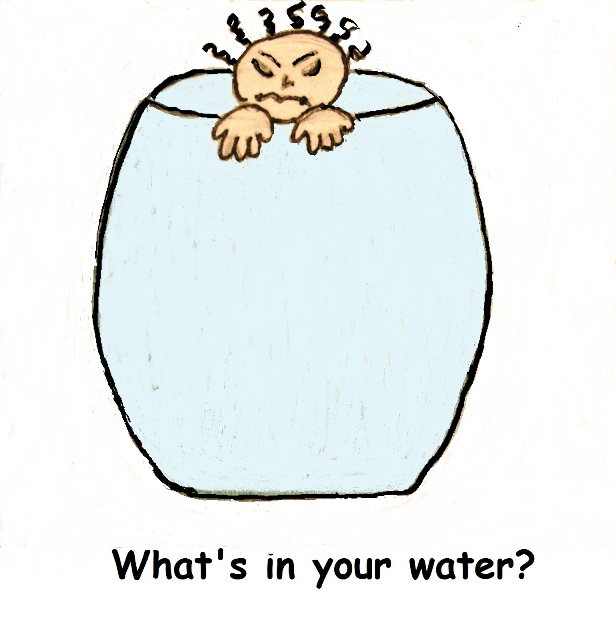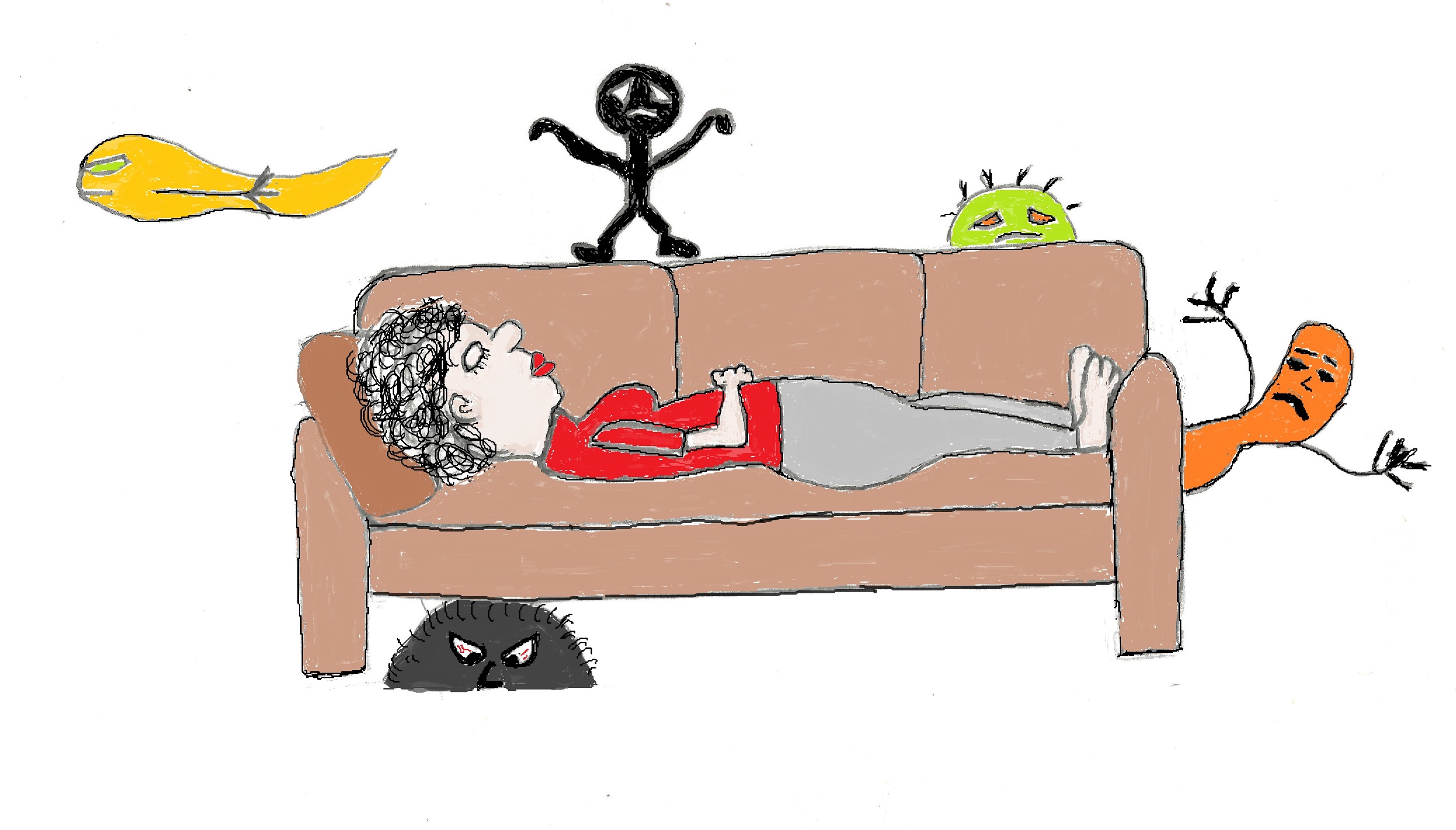VOC - The Invisible Health Threat in Your Home
A major route of toxin exposure is the air you breathe. While outdoor air pollution is a health concern, the truth is, indoor air can be an even greater source of toxin exposure. The level of indoor chemical toxins is often higher than outdoors because many products you use release volatile organic compounds (VOCs).
So What the Heck is a VOC?
Volatile Organic Compounds (VOCs) are a large group of carbon-based chemicals that easily evaporate at room temperature. Some of these you can smell (think “new car smell”) and others you can’t. Whether or not a VOC smells bad or has no odor doesn’t provide any clues to how dangerous they are to inhale.
Dozens of VOCs can be admitted from a single product. Numerous studies have found the presence of anywhere from 50 to hundreds of different VOCs can be in your indoor air at any one time.
These toxins are released from a variety of different sources.
|
Vinyl Products |
Scented Products |
Furniture |
Dry-cleaned Clothing |
|
Nonstick Cookware |
Cleaning Products |
Paint |
Building Materials |
|
Upholstery |
Carpet |
Bedding |
Personal Care Items |
|
Chlorinated Water |
Adhesives/Glues |
Flooring |
Electronic Equipment |
The Health Effects of VOCs
As with any toxin exposure, the risk to your health from inhaling VOCs depends on how much is in the air, how long and how often you breathe it in.
Short Term Exposure (defined as hours to days) can cause
- Eye, nose and throat irritation
- Headaches
- Nausea / Vomiting
- Dizziness
- Worsening of asthma symptoms
Breathing low levels of VOCs for long periods of time can cause
- Cancer
- Liver damage
- Kidney damage
- Central Nervous System damage
Examples of Volatile Organic Compounds
|
TYPE |
SOURCES |
|
Formaldehyde |
Household cleaners, personal care products, upholstered furniture, carpets, plywood, pressed
wood products |
|
Tetrachloroethene (perchloroethene (PERC), |
Dry cleaned clothes, spot removers, fabric/
leather cleaners |
|
Chloroform |
Chlorinated water, Cleaning supplies |
|
d-limonene (citrus odor), a-pinene (pine odor |
Citrus (orange) oil or pine oil cleaners, solvents
and some odor masking products, products with fragrance |
|
1,4-dichlorobenzene |
Moth balls, moth flakes, deodorizers, air fresheners |
|
Vinyl chloride |
Vinyl products |
|
Acetaldehyde |
Used to make perfumes, polyester resins, and basic dyes. Acetaldehyde is also used as a fruit and fish preservative, and as a flavoring agent. |
Semivolatile Organic Compounds (SVOCs)
While VOCs mostly exist in the vapor phase in the atmosphere, semivolatile organic compounds can exist in both vapor and condensed phase. Both types can redistribute to indoor surfaces and may persist from several months to years in your home.
Most conventional pesticides are SVOCs or non volatile organic compounds and are often detected in both dust and indoor air. SVOCs indoors quickly absorb to available surfaces including your skin.
SVOCs commonly found in indoor air include:
- Polychlorinated Biphenyls (PCBs),
- Brominated Flame Retardants (e.g. PBDEs),
- Pesticides
- Phthalates - used to make plastics, pesticides and personal care products
- Alkylphenols - used as surfactants in common consumer products such as detergents, disinfectants, surface cleaners, and pesticides.
- Parabens - used as a preservative in food and personal care products.
Stats on VOCs in Your Home
A 2015 study measured the VOCs emitted from 37 products (air fresheners and scented and fragrance-free laundry products, cleaners and personal care products).
The researchers found:
- The products released a total of 156 different VOCs
- 42 of the VOCs released were toxic
- Each product released an average of 15 VOCs
- Emissions of carcinogenic hazardous air pollutants (HAPs) from green
fragranced products were not significantly different from regular fragranced products. - **The most common chemicals in fragranced products were terpenes (like limonene and alpha-pinene), which were not in fragrance-free versions.
- The most prevalent VOCs (in at least 50% of the products) were *ethanol, *d-limonene, β-pinene, and *α-pinene.
- In fragrance-free products, the most prevalent VOCs were *ethanol, *acetaldehyde, methanol, and undecane.
- Half of the products emitted one or more carcinogenic air pollutants (1,4-dioxane, *formaldehyde, *acetaldehyde, and methylene chloride), which have no safe threshold of exposure.
*Classified as toxic or hazardous
** Any product that contains limonene can react with ozone to create formaldehyde.
Numerous studies that have measured indoor levels of VOC's in hundreds of homes found the most common pollutants are:
- Terpenes - (d-limonene and α-pinene)
- Acetaldehyde
- Acrolein
- Benzene
- Butadiene
- Chloroform
- Dichlorobenzene, 1,4
- Formaldehyde
- Naphthalene
- Vinyl chloride
Do you recognize any of the chemicals in bold? They are the same chemicals found in cigarette smoke. You know how dangerous exposure to secondhand smoke is. Yet, the air fresheners, cleaning and laundry products, pesticides and plastics that you use release the same toxic VOCs! Your indoor air is the new secondhand smoke.
The products you use in your home have a huge impact on the toxins that lurk there. The best way to clean up your indoor air is to reduce your use of toxic products. Things like fabric softener, air fresheners, nonstick cookware, cleaning products, dry cleaned clothing, pesticides, plastics and personal care products emit lots of VOCs and SVOCs. They can all be replaced with less toxic options to create a healthier home and a healthier you.

